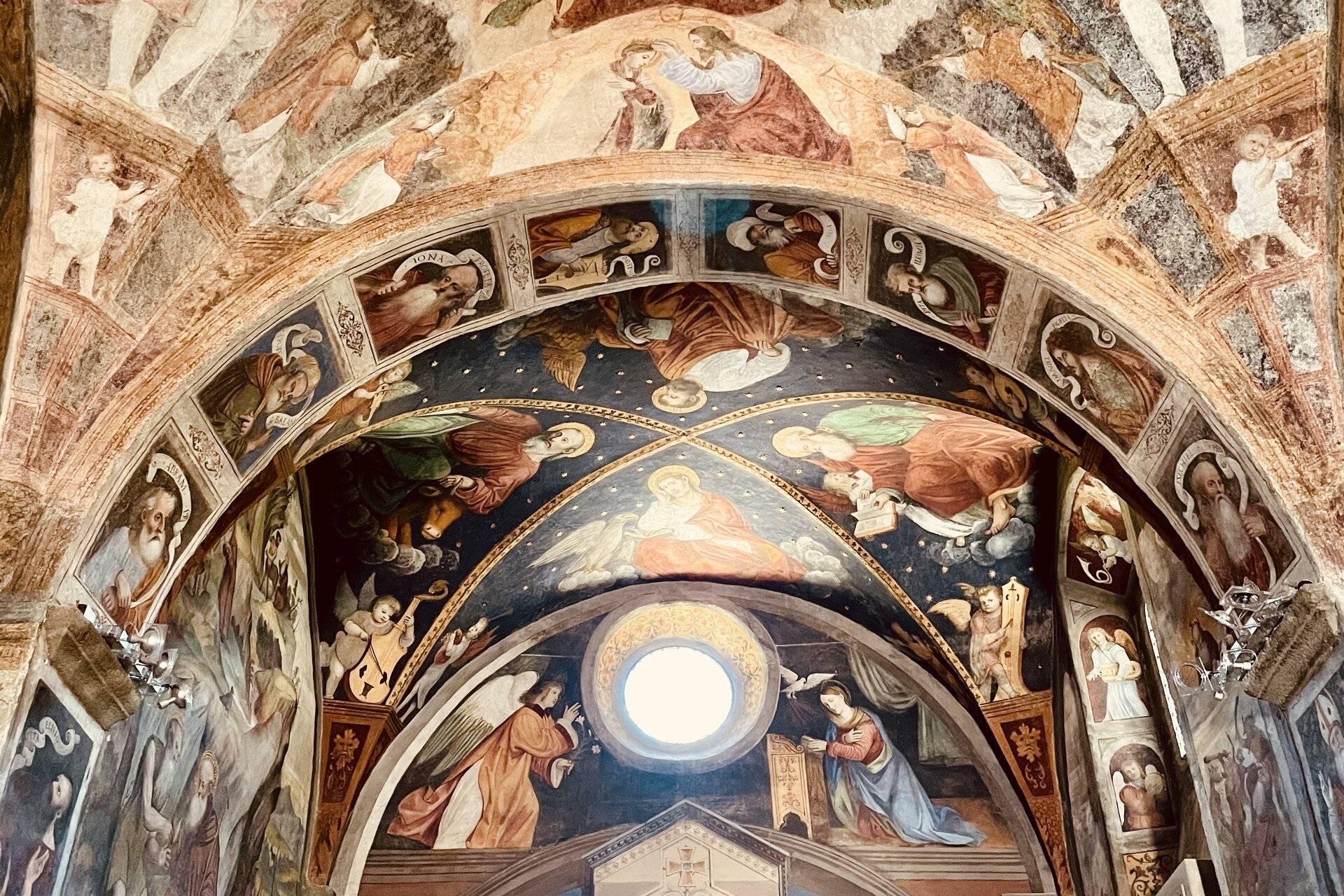Thanks to its strategic location in Alta Valtellina, Bormio has historically enjoyed a degree of wealth and independence. This is evident in the village's rich cultural heritage dating from prehistory through to the twentieth century, unique not only in Valtellina, but throughout the Alps.
To get to know Bormio’s past, explore the old town
If you’re wondering why Bormio has so many historic buildings, the answer lies in the town’s strategic location in the heart of the Alps. Merchants and soldiers would often travel over the nearby Stelvio and Gavia Passes, turning Bormio into a commercial and military crossroads connecting northern and southern Europe. As a result, the town grew rich and was afforded a certain autonomy.
Once a land of witch trials and bloody battles, Bormio nonetheless enjoyed centuries of prosperity. The period from the 14th to 16th century was a golden age for the town, as we can see from the streets filled with historic residences and buildings. These include the Kuerc in the main square, where justice was administered, the clocktower where the Bajona bell still chimes, and the Combo bridge, on the road out of Bormio to the Gavia Pass.
Cultural itineraries in and around Bormio
The entire Bormio area is brimming with historic treasures spanning from prehistory to the twentieth century.
There are countless cultural itineraries in the area that let you dive deep into local history, art, culture and tradition. The Medieval route centres on the Fraele Towers, military fortifications at the mouth of the Fraele valley. The twentieth century route takes in the Cancano dams, hydroelectric plants and the sanatorium complex in Sondalo, as well as the Great War trails, the trenches near the Stelvio and Gavia Passes and the Venini Fort at Oga in Valdisotto.

